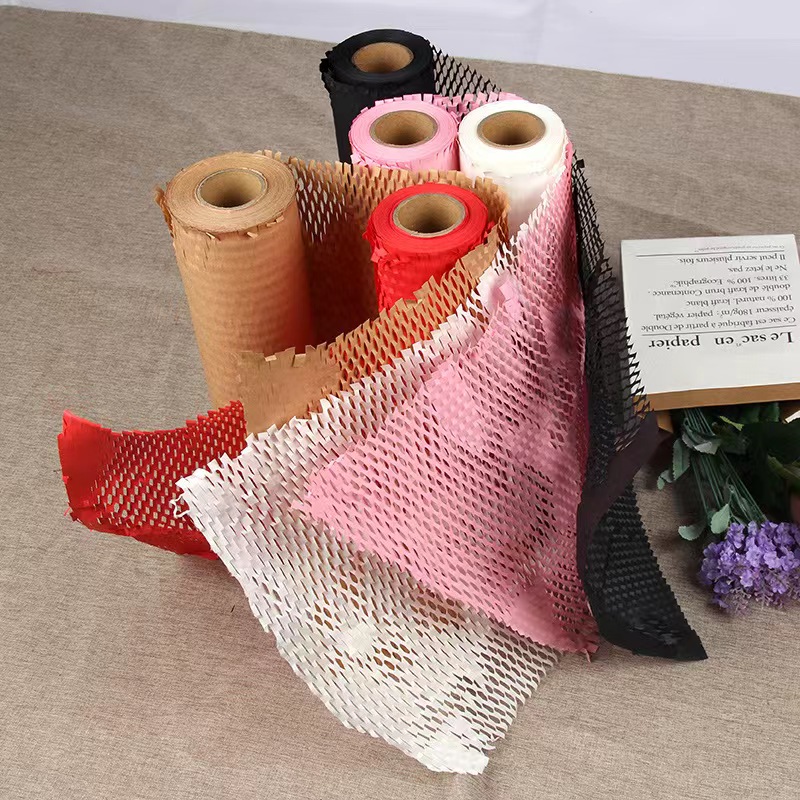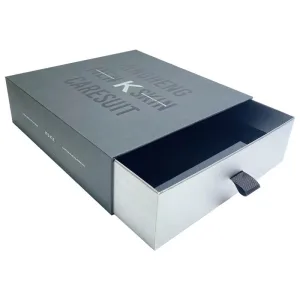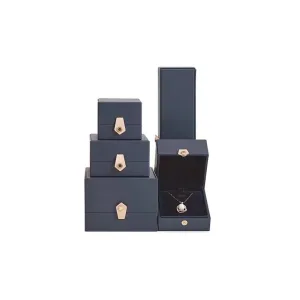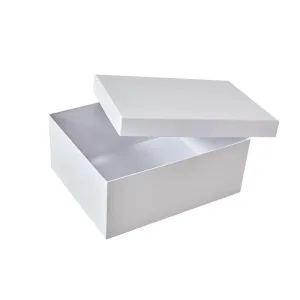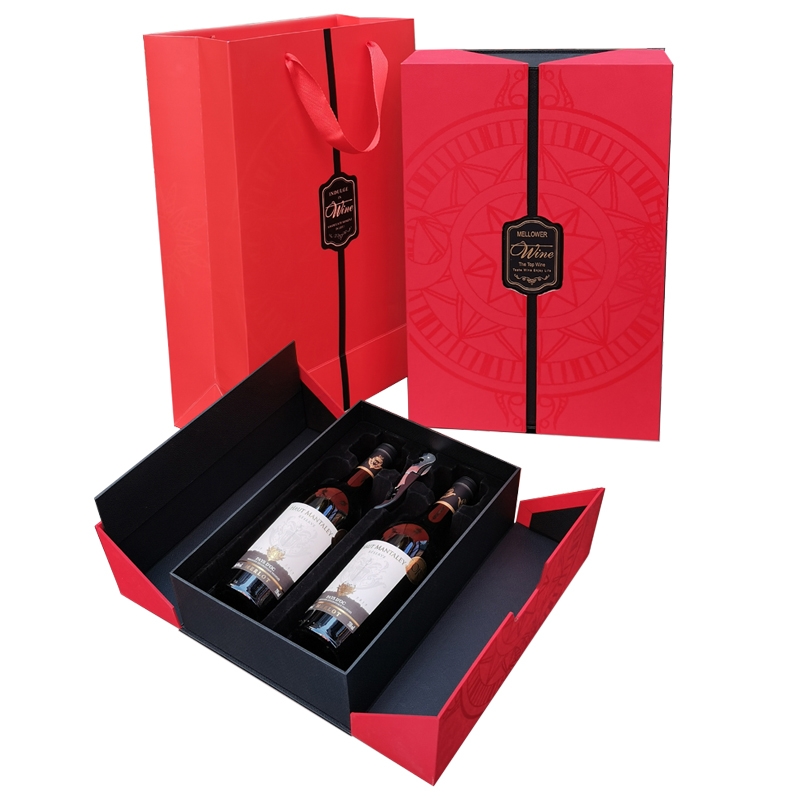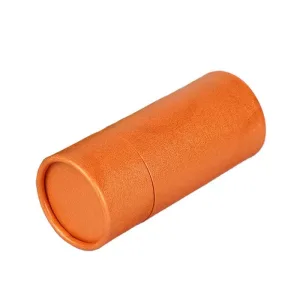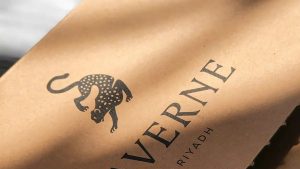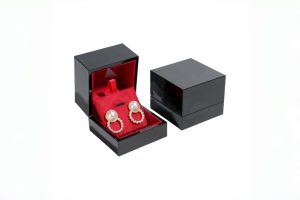Cushioning materials play an essential role in protecting products during shipping and handling. A suitable cushioning material can help ensure that the product arrives at its destination in the same condition as when it was shipped. Various cushioning materials are used in packaging, each with its advantages and disadvantages.
1. Bubble wrap
Bubble wrap is a popular cushioning material that is known for its versatility and ease of use. It consists of a plastic film with air-filled pockets that protect a wide range of products, from delicate electronics to fragile glassware.
Advantages:
- Lightweight: Bubble wrap is very light, making it easy to handle and transport.
- Versatile: Bubble wrap can protect a wide range of products, making it a versatile cushioning material.
- Inexpensive: Bubble wrap is one of the least expensive cushioning materials available, making it an attractive option for businesses looking to save money.
Disadvantages:
- Environmental impact: Bubble wrap is made from plastic, which can harm the environment if not disposed of properly.
- Not biodegradable: Bubble wrap does not biodegrade, which means it can persist in the environment for a long time if not correctly disposed of.
- Limited durability: Bubble wrap can be easily punctured or torn, reducing its effectiveness as a cushioning material.
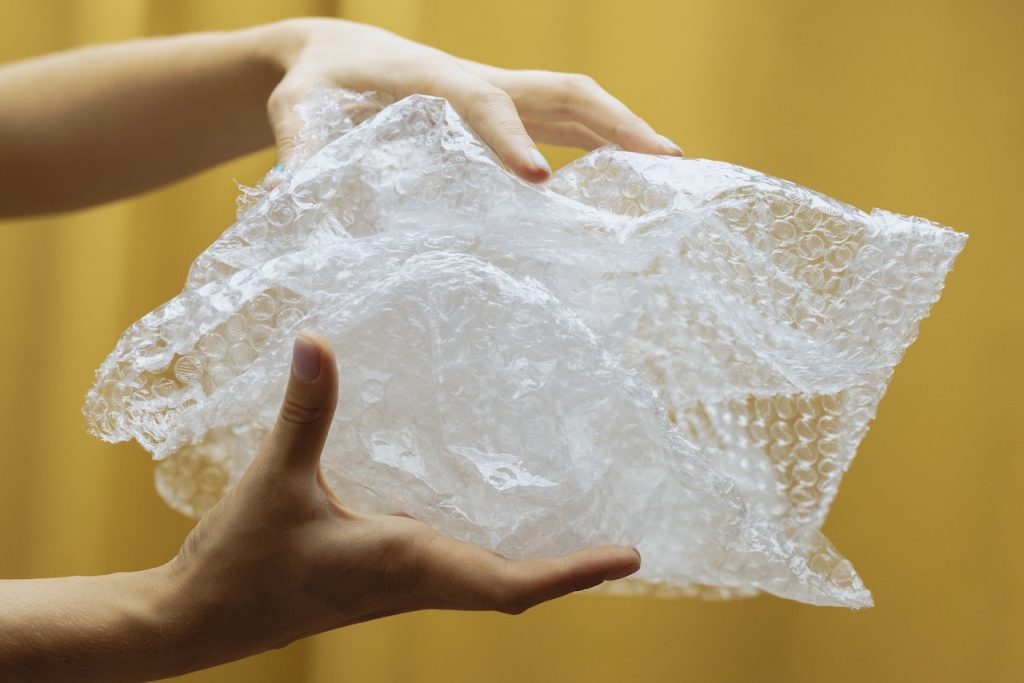
2. Peanuts
Peanuts are small, lightweight foam pieces that are used to fill empty spaces in packaging. They are often used to protect delicate items during shipping and handling.
Advantages:
- Lightweight: Peanuts are light, making them easy to handle and transport.
- Inexpensive: Peanuts are cheap compared to other cushioning materials, making them a popular choice for businesses on a tight budget.
- Customizable: Peanuts can be molded and shaped to fit the specific needs of a product, making them a versatile cushioning material.
Disadvantages:
- Environmental impact: Peanuts are made from polystyrene, which can hurt the environment if not disposed of properly. But there is currently a peanut made of starch on the market, which can be completely dissolved in water and is biodegradable. However, the price of this starch peanut is higher than the price of polystyrene. If you choose starchy peanuts, you won’t have to worry about environmental issues, so I still recommend using starchy peanuts, which are also helpful for brand building.
- Not biodegradable: As mentioned earlier, if you choose polystyrene peanuts, they will not be biodegradable, which means they will last a long time in the environment if not disposed of properly.
- Messy: Peanuts can be messy, especially if they break apart during shipping and handling.
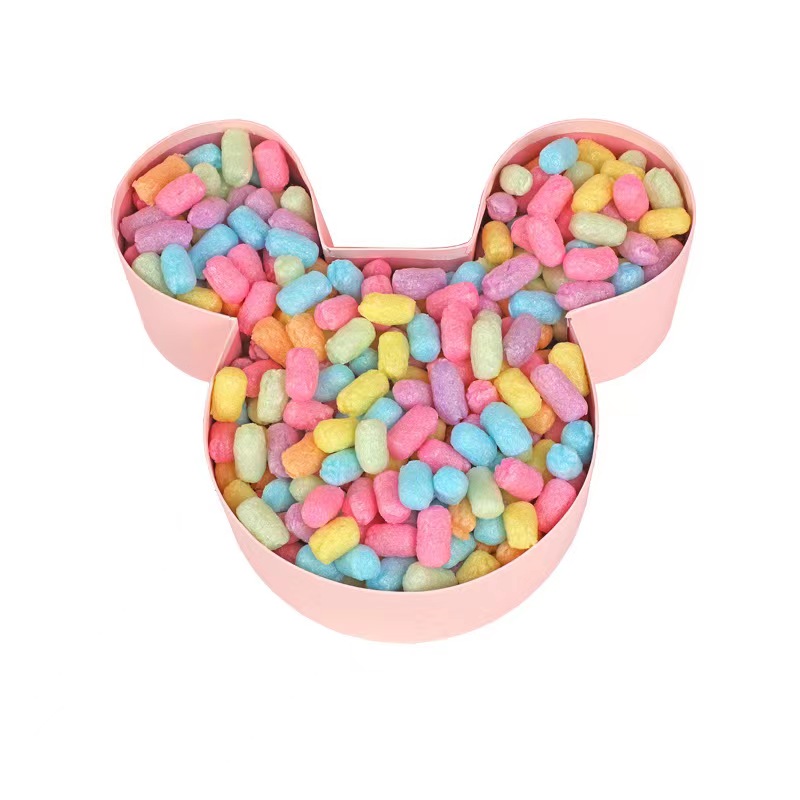
3. Foam
Foam is a generic term for a soft, flexible material used to cushion and protect products during shipping and handling. It is often used in high-end packaging to protect delicate items like electronics and glassware. The materials we commonly use today are EVA (Ethylene Vinyl Acetate Copolymer), EPE (Expanded Polyethylene), and sponge.
Advantages:
- Versatile: The foam can be shaped to fit the specific needs of the product so that the product is wholly embedded in the foam, giving the product complete protection and giving the customer a feeling of high class and neatness. It can also be customized in various colors, and even anti-static foam can be customized for precision products.
- Durable: Foam is durable and can withstand rough handling during shipping and handling.
- Protective: In addition to the previously mentioned ability to customize the product’s shape, foam offers the most substantial protection in terms of material properties.
Disadvantages:
- Expensive: Foam is one of the more expensive cushioning materials, which can make it a less attractive option for businesses on a tight budget.
- Environmental impact: In the case of EVA, EPE, and sponges mentioned above, although they can all be recycled, if not disposed of properly, foam can also hurt the environment because it is relatively difficult to be biodegraded, causing it to persist in the environment.
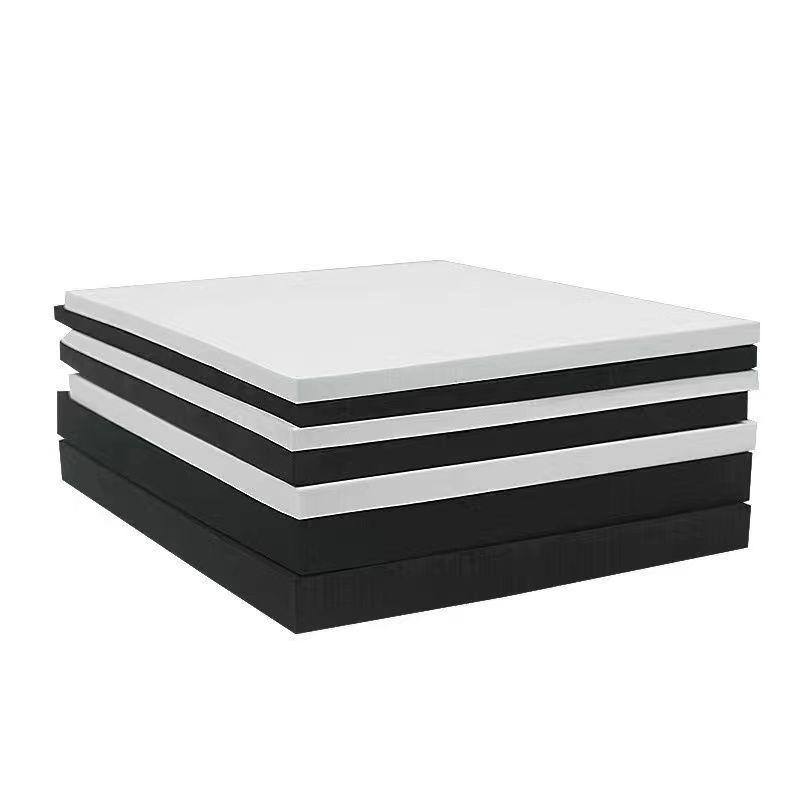
4. Paper
Paper is a natural, biodegradable cushioning material often used to protect products during shipping and handling. It is often used as a packaging material in the form of mesh or pleated filaments.
Advantages:
- Natural and biodegradable: Paper is a natural, biodegradable material that can be composted or recycled, reducing its environmental impact.
- Inexpensive: Paper is an inexpensive cushioning material that can be a cost-effective option for businesses on a tight budget.
- Customizable: Paper can be cut and molded to fit the specific needs of a product, making it a versatile cushioning material.
Disadvantages:
- Not as durable: Paper is less durable than cushioning materials and can become crushed or damaged during shipping and handling.
- Not as protective: Paper does not provide as much protection as other cushioning materials and may not be suitable for delicate items.
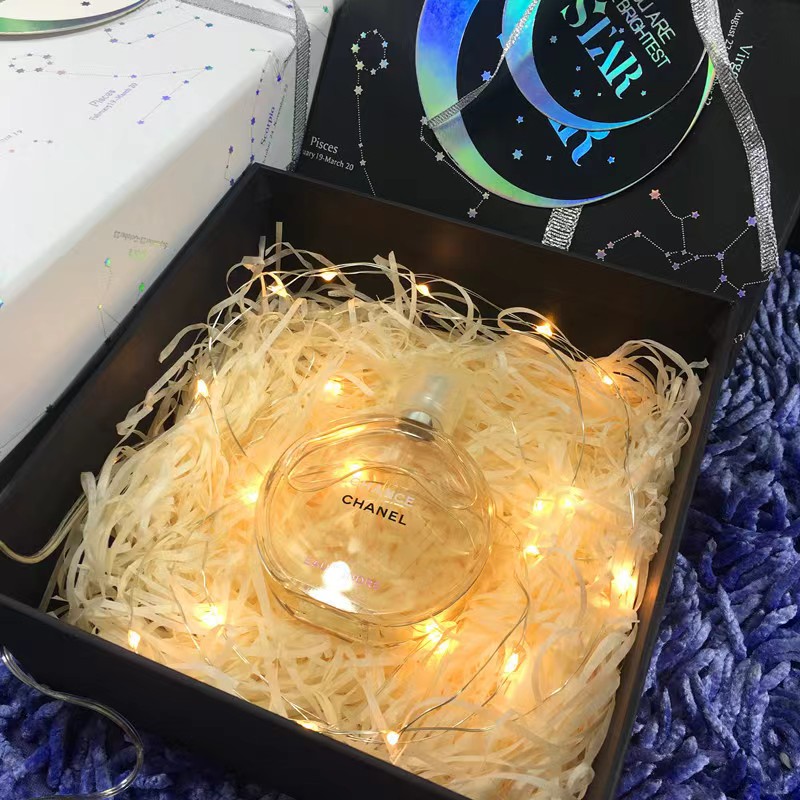
The choice of cushioning material for packaging depends on various factors, including cost, durability, and environmental impact. Bubble wrap, peanuts, foam, and paper are some of the most common cushioning materials used in packaging, each with its advantages and disadvantages. Businesses should carefully consider their needs and choose the cushioning material best suited to their specific needs and budget. Ultimately, the right cushioning material can help ensure that products arrive at their destination in the same condition as when shipped. In addition, it can help minimize the environmental impact of the packaging process.

